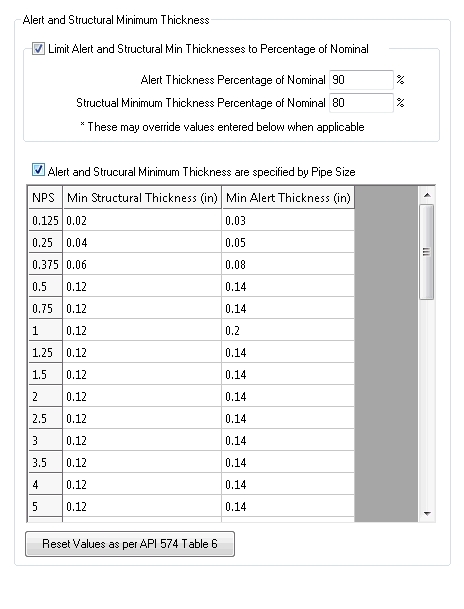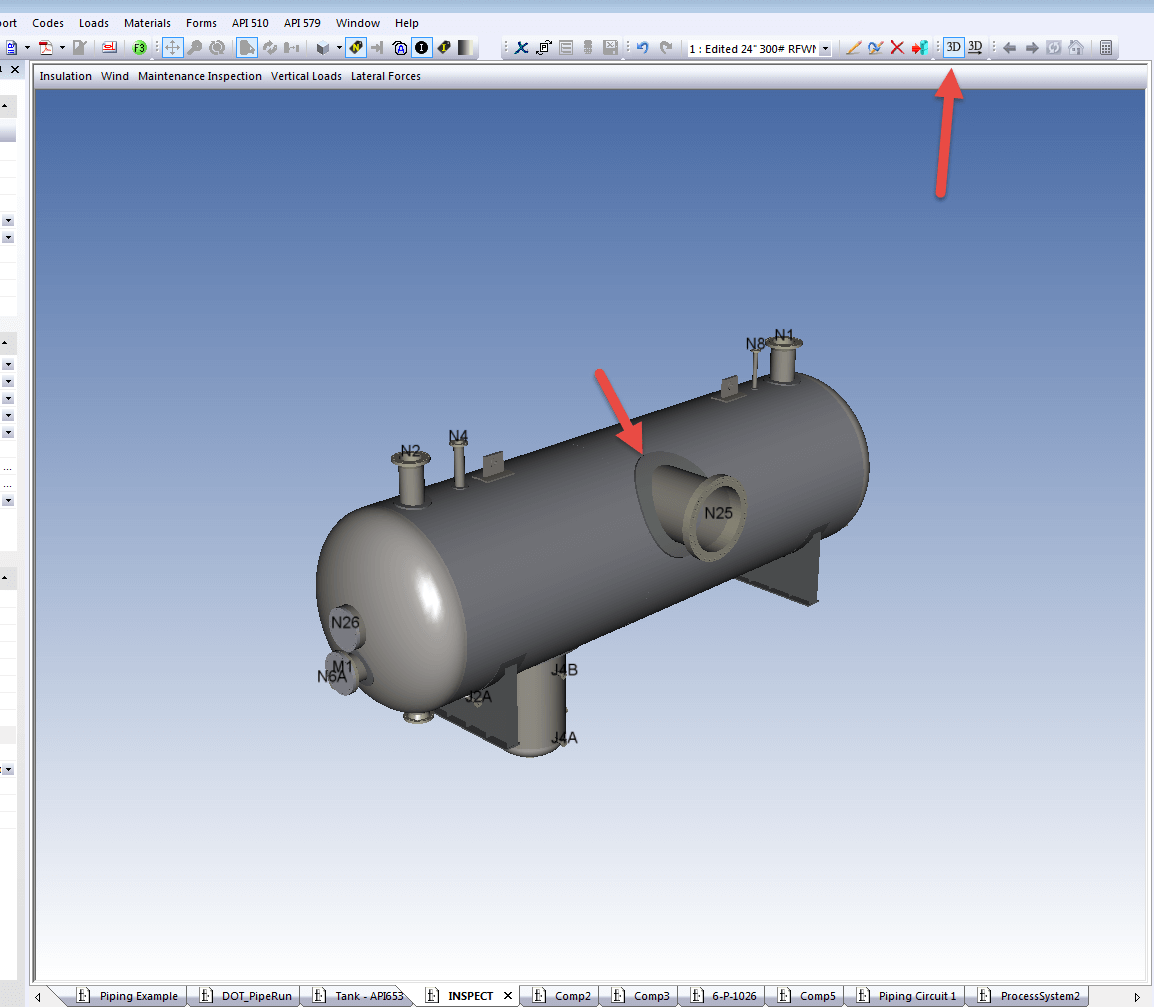Webinar Q&A
Not at the present time as INSPECT does not currently model piping supports\restraints. INSPECT does make provision for users to manually enter supplemental piping loads as required.
The effects of loads in addition to pressure on flanges can currently be investigated with the INSPECT flange analysis/design feature.
If you have existing files with inspections stored feel free to send them to us and we can verify if they can be imported.
The checklist can be edited within INSPECT.
Not at this time, but we are actively looking into adding this type of equipment.
The INSPECT Crack-Like Flaw analysis assumes a worst case orientation for the crack within the stress field. This provides a conservative calculation which we feel is appropriate given the nature of this flaw.
Yes, the FEA evaluation calculates the interaction of the primary and crack mechanisms. This is part of the API 579 Part 9 procedure.
INSPECT does not have the allowable stresses from the 1960’s but you can set up user defined materials to address older vessels. See our previous webinar on meeting the NBIC with INSPECT for details or contact us for further information.
INSPECT is able to read the industry standard PCF file format. We will be writing PCF files created within INSPECT as well. Contact your CAESAR II agent for more details on which file formats can be exported from CAESAR II.
Yes. We do have plans to add in ASME B31.8.
Currently, we don’t have an option for creating drawings for pipe runs modeled in INSPECT via the Codeware Interface. However, you can load a PCF file into SOLIDWORKS and/or Inventor to generate a piping drawing. A rough drawing may be created in INSPECT by choosing the option to display dimensions, activating the Display Line Mode feature, and setting the view angle to isometric. A more robust method is currently being developed.
INSPECT Build 7700 has been updated to the new API RP 579/ASME FFS-1 2016 document.
Vessels and heat exchangers created in INSPECT may be opened in COMPRESS. However, pipe runs and tanks may only be opened in INSPECT.
We encourage you to use the latest API versions in INSPECT. A recommended good practice is to use the latest rules, because the older rules may have been rewritten or altered due to known issues with the rules themselves. See our RAGAGEP write up for a more detailed explanation of our approach to this question.
INSPECT includes the 2012 and the 2014 editions of ASME B31.3. You can set up user defined materials in INSPECT to address older piping.
Yes. When modeling the elbow there are options for various types of elbows located on the second screen of the dialog.
Contact Sales
Contact Support
Office Locations
6530 Sawyer Loop Rd.
Sarasota, FL 34238
United States
6500 River Place Blvd.
Bldg. I, Suite 400
Austin, TX 78730
United States

